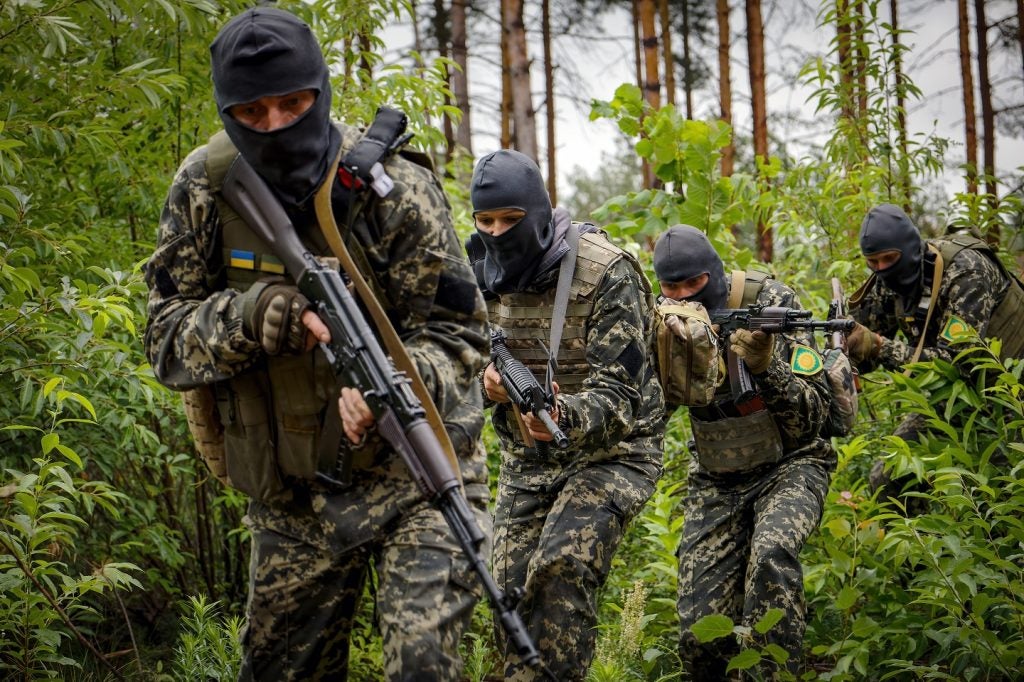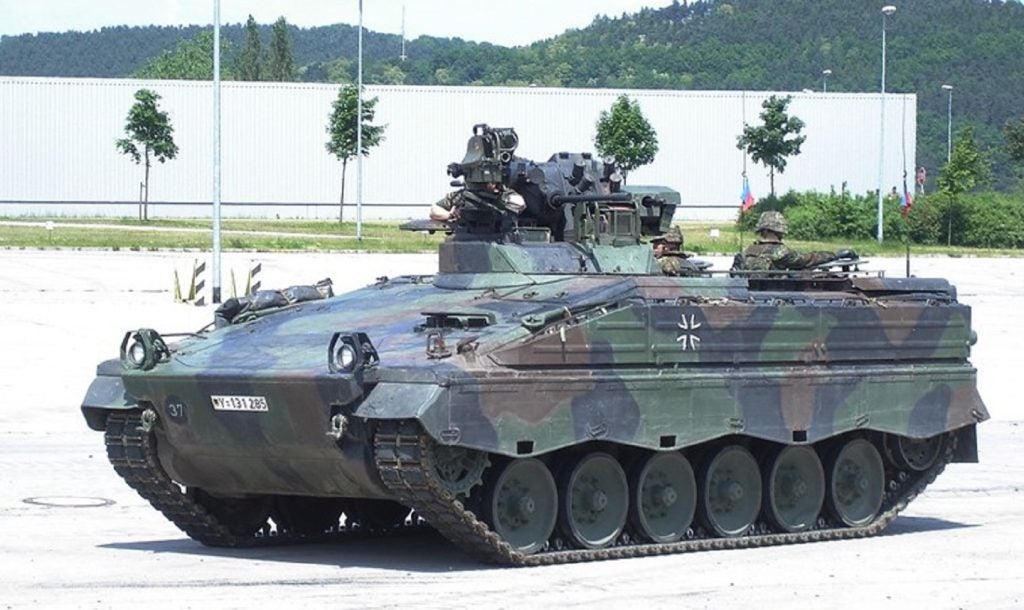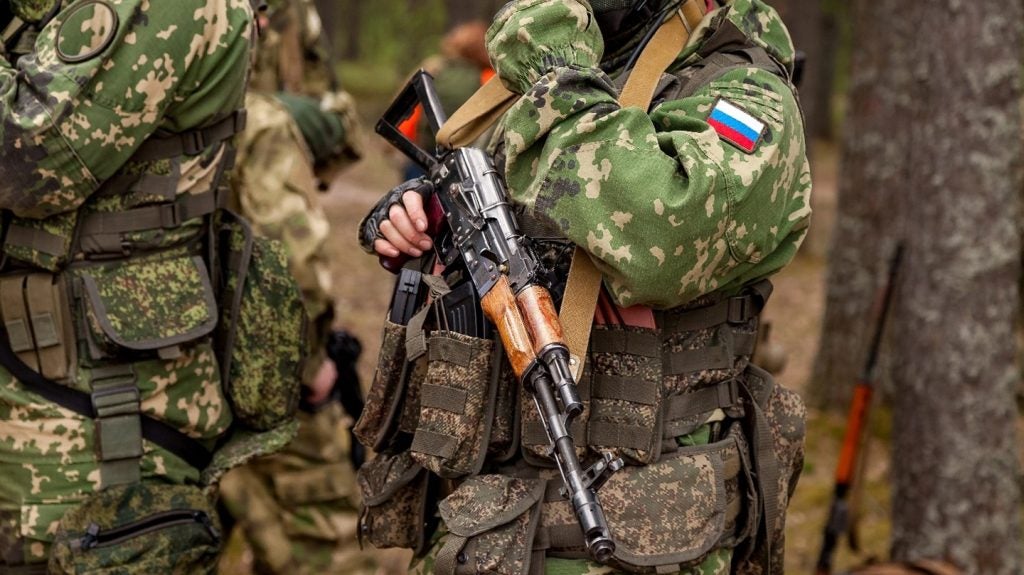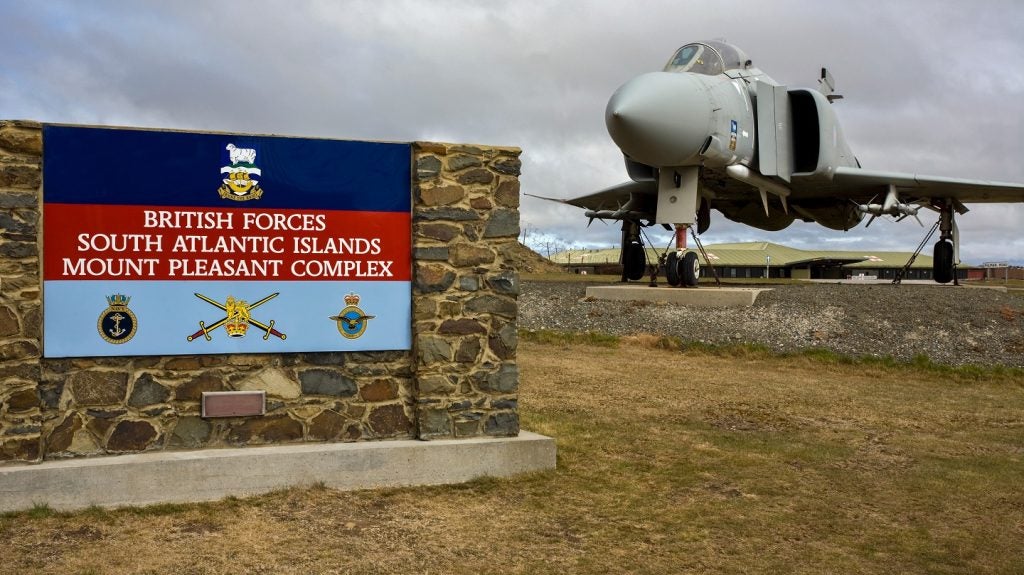

Public attention has been drawn to the way information regarding abuse is investigated, both by military and civilian police agencies, by the allegations surrounding the deaths of four young recruits at the UK’s Deepcut military training establishment between the years of 1995 and 2002 – with almost 60 allegations of bullying, sexual assault and rape recorded to the local Surrey Police force in 1995 alone.
Reports such as these coming out of the UK’s armed forces suggest that for many serving personnel, bullying and abuse within its ranks is a daily reality of life.
Official figures released in the Ministry of Defence’s Armed Forces Continuous Attitude Survey revealed that during 2014 10% of personnel believed they were the subject of discrimination, harassment or bullying in a service environment within the previous twelve months, and that only 9% of those respondents made a formal written complaint.
Both figures have remained unchanged since 2010, suggesting that abuse remains a significant problem, as does the cultural pressure to not report it when it happens. This is despite 82% of respondents knowing where to get information about the service complaints procedure for unfair treatment, discrimination, harassment and bullying; and 73% knowing – to some extent – how the Service Complaints Commissioner can help with complaints pertaining to these matters.
See Also:
Looking beyond the statistics
The issue is complicated by the way in which abuse is categorised and investigated by the British armed forces, making it difficult to gauge the full extent of abuse in reality.
How well do you really know your competitors?
Access the most comprehensive Company Profiles on the market, powered by GlobalData. Save hours of research. Gain competitive edge.

Thank you!
Your download email will arrive shortly
Not ready to buy yet? Download a free sample
We are confident about the unique quality of our Company Profiles. However, we want you to make the most beneficial decision for your business, so we offer a free sample that you can download by submitting the below form
By GlobalDataAccording to information released by the MoD in June 2015 under the Freedom of Information Act, it has no "precise" figures relating to bullying because "bullying as a title is not a criminal offence. It is a behaviour that can take the form of several types of activity that could in themselves be criminal or service discipline offences". As a result, the figures released by the MoD on bullying "are cases where the investigator deems that there is an aspect of bullying to the allegation".
The matter is further complicated by issues surrounding force command disclosure on the topic, particularly concerning allegations of rape, attempted rape and sexual assault. While conceding that coming forward to report sexual assault takes great courage, the MoD is confident that there "is no evidence to suggest that rates of sexual offending in the armed forces are higher than in the broader population". However, the MoD’s data is limited to cases where the service police or the MoD police have jurisdiction and the investigative lead. It does not, therefore, include cases which have been dealt with by the civilian police.
The Fort Bragg tragedy: a wake-up call
However, bullying and assaults within the forces are only one side of the problem. Soldiers taking their battlefield trauma and resulting mental problems home at the end of their deployment adds another dangerous dimension to the issue.
A major wake-up call for the US armed forces came in 2002 when four soldiers at Fort Bragg in California killed their wives in a six-week period following their return from deployment in Afghanistan. The tragedy, during which two of the soldiers also committed suicide, raised awareness of the fact that the US military was not providing the required support for soldiers returning from the battlefield.
Rod Reder of the National Institute of Crime Prevention, who has worked with the US military in a training capacity since the late 1990s, was witness to the culture shift within the Department of Defense as it responded to what he calls a "huge wake-up call".
"Consider that at the height of the Middle East wars we had hundreds of thousands of soldiers undergoing very high intensity deployments – we’re talking four, five, six deployments of twelve to 15 months at a time," he says. "I worked with one individual who, over a period of seven years, was deployed five times – he was basically gone six years out of seven. When he came home, he didn’t know his wife, his kids didn’t know him, plus he had lost around 20 of the people he supervised. He’s trying to deal with all this, plus post-traumatic stress, and he was essentially a completely different person. After Fort Bragg, it became obvious that the military wasn’t doing anything for guys like him coming home – there was no debriefing, nothing."
Getting to grips with violence
Things have come a long way since then, both in terms of how the military views abuse, and how it responds to it.
"The attitude of commanding officers when it came to sexual and domestic violence back in the late 1990s was ‘boys will be boys’, but they are finally paying attention now," says Reder. "Around the latter years of President Bush and early President Obama there was a shift from the ‘look the other way’ attitude toward an attitude of non-acceptance."
If the issue of non-reporting by victims was a major stumbling block for armed forces eager to tackle the problem, so too was the tendency for force commanders to shield their soldiers from investigation and disciplinary action. However, a number of initiatives are currently being implemented to address the issue in the US armed forces.
Under one such initiative, a contract was awarded to non-profit organisation Green Dot in December 2015 as part of a five-year strategy to decrease interpersonal violence across the US Air Force.
The violence prevention strategy includes prep sessions for airmen over the coming three years that aim to reduce power-based interpersonal violence, including sexual violence, domestic violence, dating violence, stalking, child abuse, elder abuse and bullying. Some 1,500 command-designated airmen will complete the training, who will then return to their units to train peer leader airmen at each base, followed by training for all airmen.
The approach focuses on encouraging personnel to take care of one another and helping them to understand what they can do to prevent violence and how to do so using an evidence-based public health model.
In any approach to bullying and abuse in the armed forces it is important to accept that serving personnel are subjected to a very unique set of pressures and stresses, and to put in place the support they need to deal with the effects of these in a constructive way. Educating soldiers on preventing, identifying and reporting bullying and abuse is a central building block to making the armed forces a safer and healthier working environment for all.







